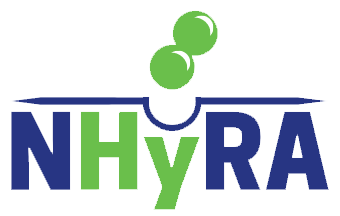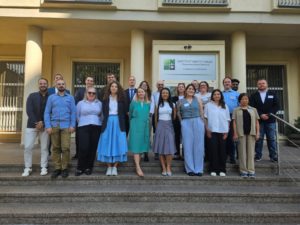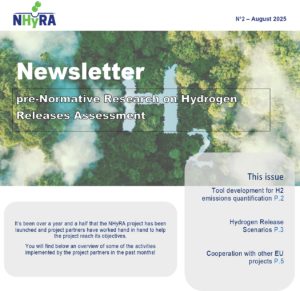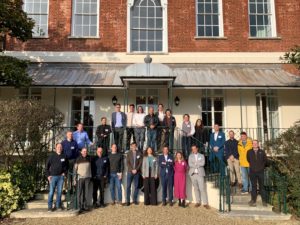The partners of the EU-funded NHyRA project held their third in-person meeting on 4-5 September 2025 in Krakow, organised by our partner, the Oil and Gas Institute (INIG) from Poland. The meeting aimed to present the progress achieved since the last consortium meeting that took place in February 2025 in Teddington (UK) and to set the goals for the next phase, as NHyRA enters its second half.
During the first day of the meeting, each work package leader offered the latest developments on each of their tasks, completing an overall overview of the project status and providing the opportunity to discuss results and decisions. First, SNAM, the project leader, opened the meeting by recalling the general context of the project based on a range of key facts and a round table with partner representatives was held. This part of the event was followed by a presentation of the coordination and the current overview towards the project implementation activities.
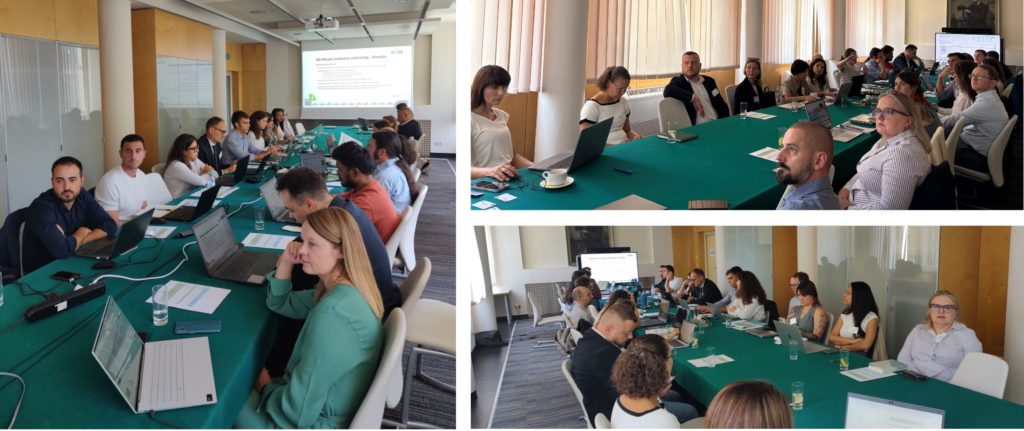
Afterwards, the University of Bologna (UNIBO) updated the latest news on the development of the “H2 releases” inventory that will cover the existing data gap in the amount of hydrogen released in the value chain. Following this, ENGIE presented a first prototype of simulation tool intended to evaluate H2 emissions from the value chain, and all involved partners presented their progress in developing models for H2 emissions of the different bricks of the H2 value chain.
Then, the Bruno Kessler Foundation (FBK) focused its updates on their findings on H2 emissions in future hydrogen economy scenarios through the selection of a range of scenarios that meet NHyRA’s requirements to further research.
Regarding novelties on the methodology development for H2 emissions’ detection and quantification, INIG highlighted the draft of detection procedures of H2 emissions, and, regarding quantification, INIG confirmed that the Hi-flow sampling method and its associated workflow are now ready for validation. INIG also presented good progress in the development of calculation-based methods to quantify emission sources not covered by experiments.
The National Physical Laboratory (NPL) from the United Kingdom covered its activities on methodology validation and field test assessment of the project, covering various aspects: the development of performance test specifications, the testing of H2 limits under different ranges of release, results of the first test campaign and the organisation of the other field tests.
Last, the European Gas Research Group (GERG) discussed the update on the communication and dissemination of NHyRA, giving an overview of the achieved objectives and the next clustering activities, including a calendar with the upcoming events and workshops with key stakeholders and the following reports that will be published.
On the second day of the consortium meeting, the topics focused on the links between the activities in the work packages and the updated project plan.
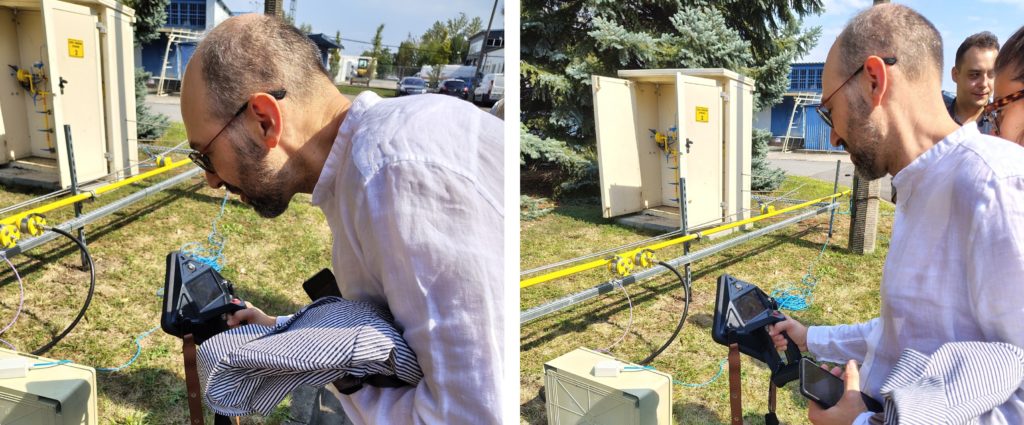
As a closure for the meeting, INIG presented several projects and measurement campaigns regarding emission activities in which they are involved. Following the presentation, NHyRA partners had the opportunity to visit the INIG laboratories and gain deeper insights into their research initiatives.
